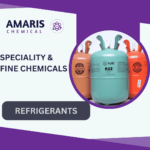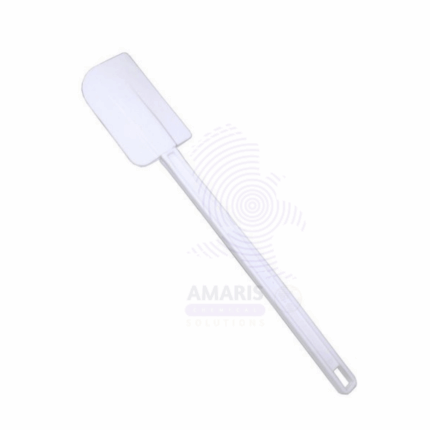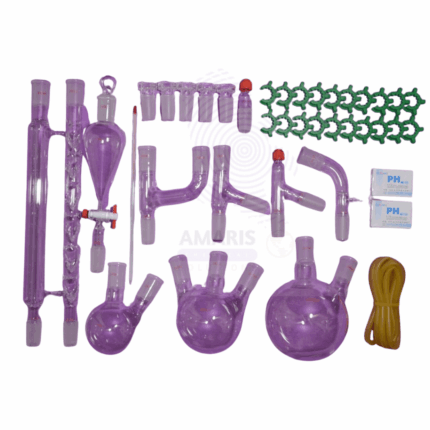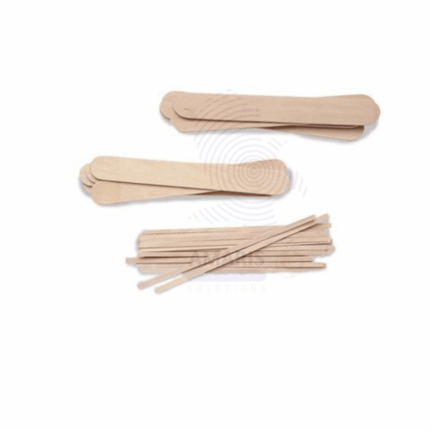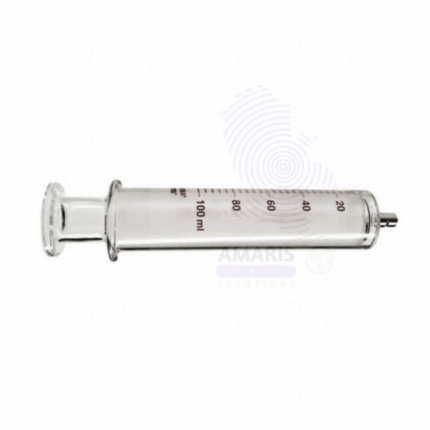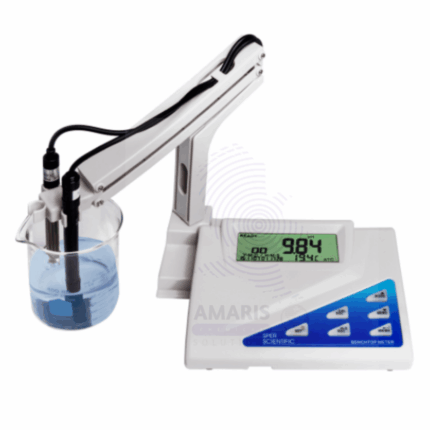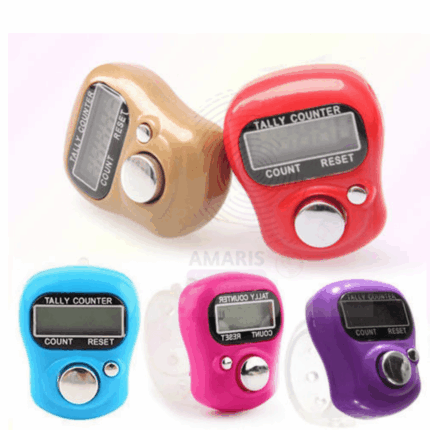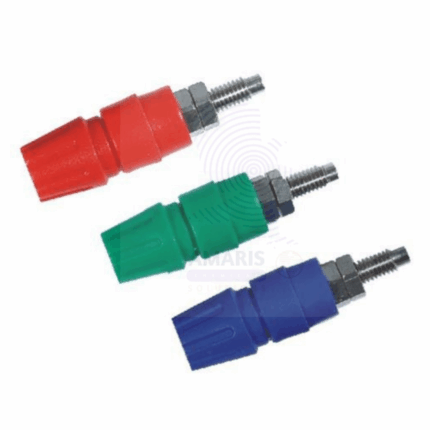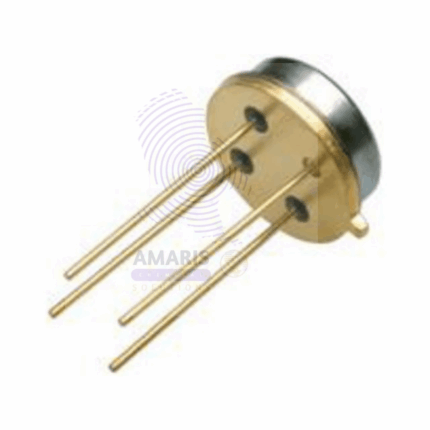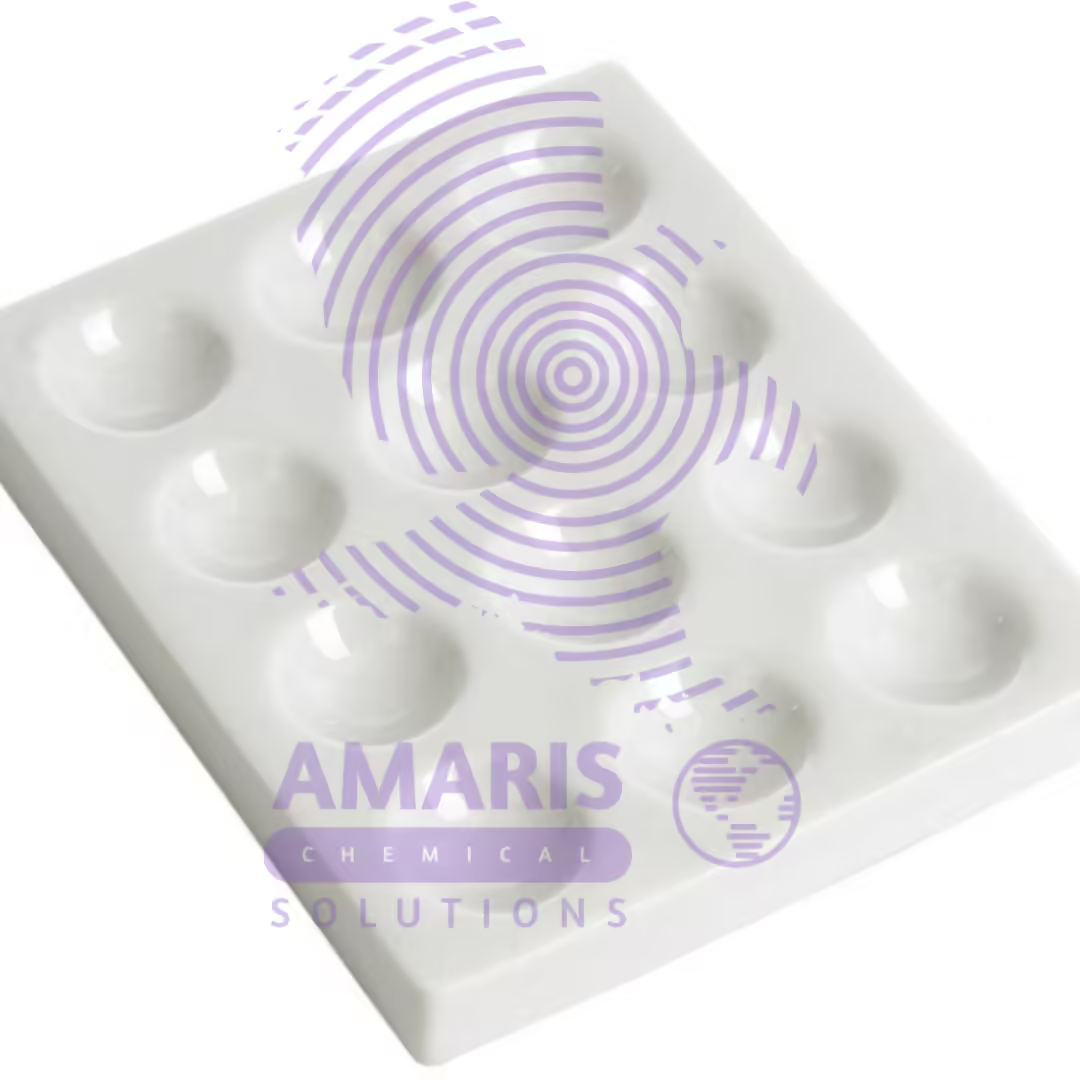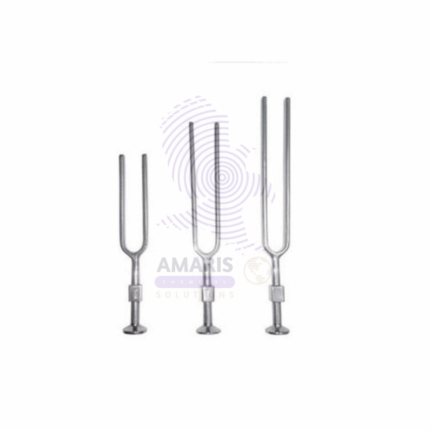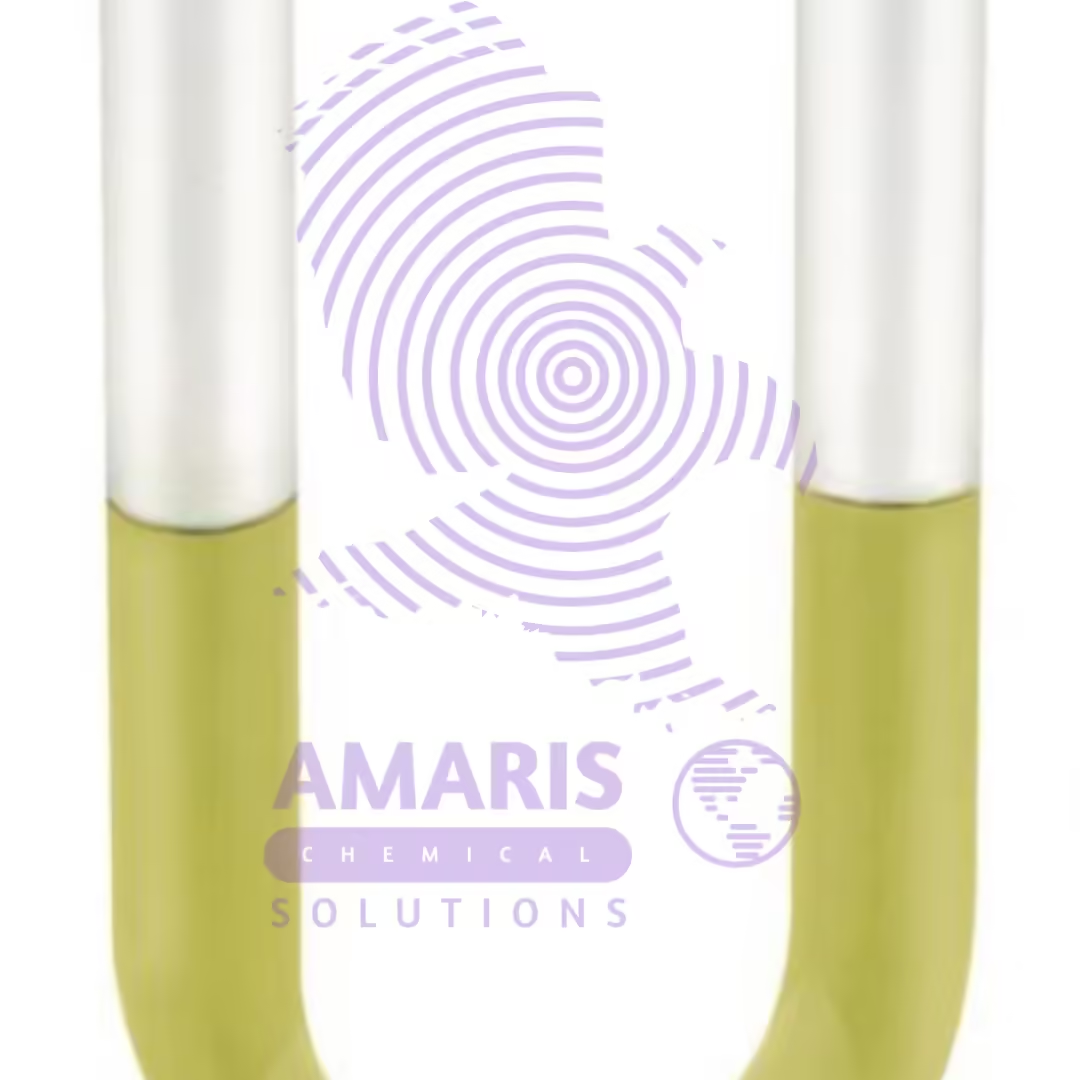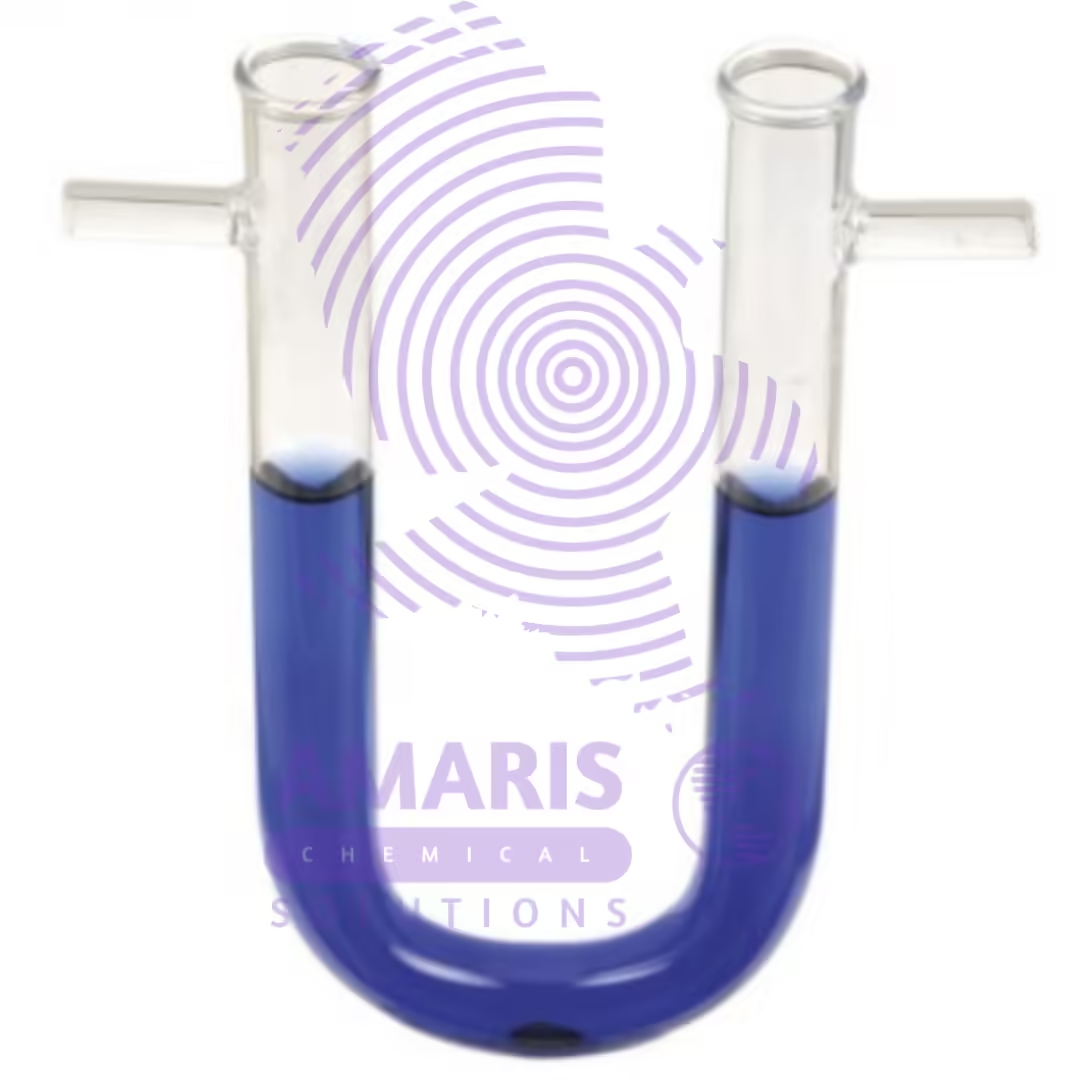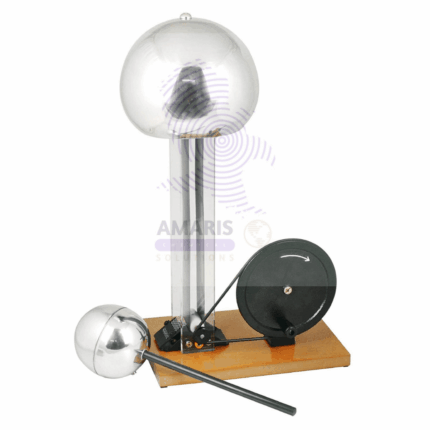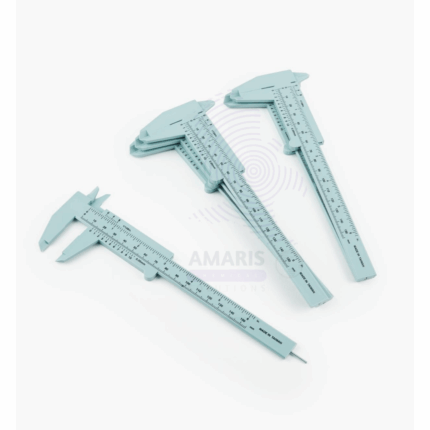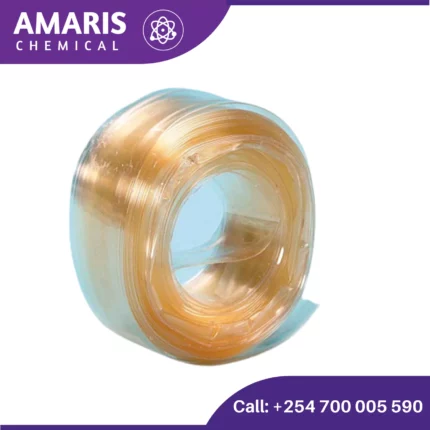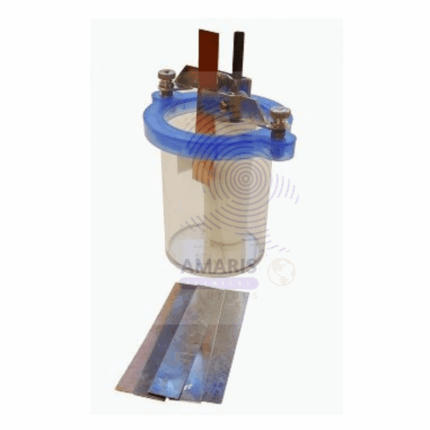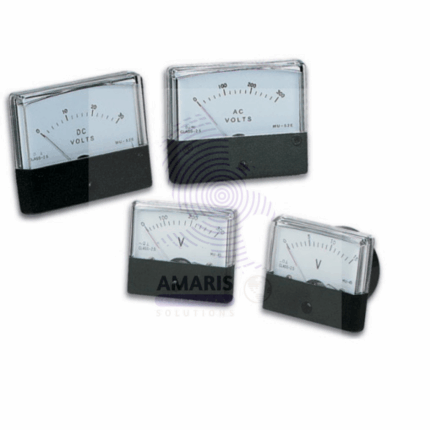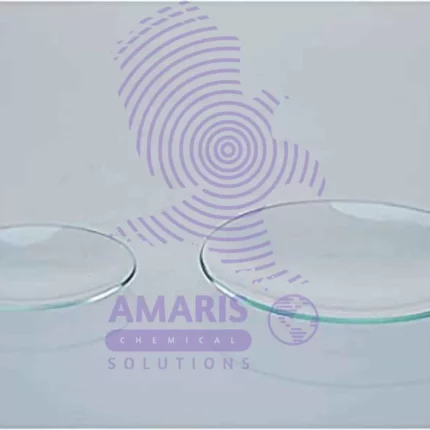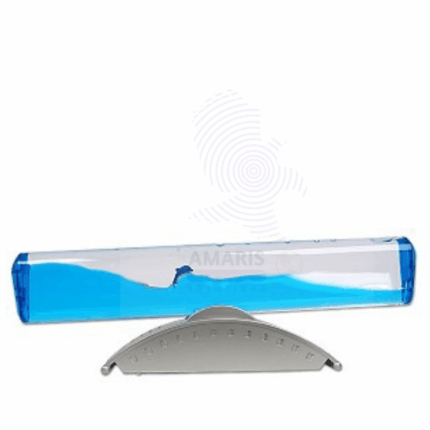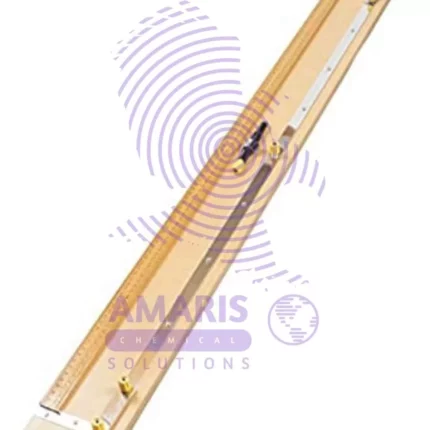Soft iron rod
A soft iron rod is a cylindrical piece of iron characterized by its low carbon content, which results in a malleable and ductile material. This composition gives it excellent magnetic properties, allowing it to be easily magnetized and demagnetized. Soft iron rods typically have a smooth, polished surface and can vary in length and diameter depending on their intended use
Spatula plastic
A plastic spatula is a lightweight, durable tool typically used in laboratory and culinary settings. It features a flat, broad blade with a flexible edge that allows for precise scraping, mixing, and transferring of materials. Made from various types of plastic, such as polypropylene or polyethylene, these spatulas are resistant to many chemicals and solvents, making them ideal for a range of applications, including sample preparation, weighing, and spreading. Their non-reactive nature ensures minimal contamination, while their easy-to-clean design promotes laboratory safety and hygiene. Available in various sizes and shapes, plastic spatulas are essential for accurate and efficient handling of powders, liquids, and pastes in both scientific and cooking environments.
Splints wooden
Tally counter
A tally counter is a handheld device used for counting occurrences or events in various settings, including laboratories, sports, and events. It typically features a button that increments a numeric display each time it is pressed, allowing users to keep an accurate tally of counted items or actions.
Terminals
Test tube holder wire type
A wire type test tube holder is a laboratory tool designed to securely grip and support test tubes during experiments. Constructed from durable, heat-resistant metal wire, it features a spring mechanism that allows for easy insertion and removal of test tubes while ensuring a firm hold. The holder’s design enables safe handling of hot or hazardous materials, providing a safe distance from heat sources and corrosive substances. It is lightweight and easy to manipulate, making it ideal for various laboratory applications, including heating, cooling, and transporting test tubes. Its versatility and practicality make it an essential tool in any lab setting.
Thermocouple
A thermocouple is a temperature-sensing device that converts heat into an electrical signal. It consists of two different metal wires joined at one end, forming a junction. When this junction experiences a change in temperature, a voltage is generated that is proportional to the temperature difference between the junction and a reference point. Thermocouples are known for their wide temperature range, fast response time, and durability, making them ideal for various industrial and laboratory applications. They are commonly used to monitor and control temperatures in processes requiring precision and reliability.
Ticker tape roll
In laboratory settings, ticker tape rolls are commonly used in physics experiments, particularly those involving motion and velocity. The setup typically involves attaching one end of the ticker tape to a moving object, such as a cart or a pendulum, and pulling it through a ticker tape timer. As the object moves, the timer makes small, regular marks on the tape, creating a series of dots or dashes.
By analyzing the spacing and pattern of these marks on the ticker tape, researchers can determine various aspects of the object's motion, such as its velocity, acceleration, and displacement over time. This method is particularly useful for studying uniform and non-uniform motion and can provide valuable insights into the principles of kinematics.
Ticker tape experiments are often used in educational settings to help students understand and visualize concepts related to motion, such as speed, acceleration, and the relationship between distance and time. They offer a hands-on approach to learning physics principles and can be a fun and engaging way to explore scientific concepts.
Ticker tape timer
A ticker tape timer is a device used in physics experiments to measure time intervals precisely. It consists of a tape of paper that runs through a device at a constant speed. The tape is typically marked with evenly spaced dots or lines. When the timer is activated, it creates marks on the tape at regular intervals determined by the timing mechanism. By analyzing the spacing between marks on the tape, scientists can measure the time elapsed between events with high accuracy. This device has been widely used in experiments involving motion, velocity, acceleration, and other phenomena where precise timing is crucial.
Tile cavity
A tile cavity plate with 6 or 12 holes is a flat, ceramic or plastic laboratory tool designed with multiple small, concave wells, each acting as a mini container. These wells are used for holding small volumes of liquid or powdered chemicals, reagents, or samples. The layout of 6 or 12 cavities allows for efficient organization and simultaneous testing of multiple substances in a compact space. Ideal for spot tests, small-scale reactions, pH analysis, and staining procedures, the plate offers a convenient and reusable solution for managing parallel experiments without risk of cross-contamination between samples.
Tuning fork
This high-quality tuning fork set includes eight precision-tuned forks, each crafted from durable aluminum for optimal resonance and clarity. Each fork is meticulously tuned to specific frequencies, ranging from low to high pitches, making it an essential tool for sound experiments, musical applications, and educational demonstrations. Ideal for studying sound waves, resonance, and interference patterns, this set is perfect for laboratory use, music classrooms, and audiology tests. The included storage case ensures easy organization and portability, making it a practical choice for both professionals and students.
U tube lab glass
U-tube lab glass, also known as a U-tube manometer, is a glass device shaped like the letter "U" that is primarily used for measuring pressure in gases and liquids. It consists of two vertical arms connected at the bottom, typically filled with a liquid (like water or mercury) that acts as a pressure reference. The difference in height between the two liquid columns indicates the pressure difference between the two points being measured.
U tube lab glass with side arms
A U-tube lab glass with side arms is a specialized piece of laboratory glassware characterized by its U-shaped design, which allows for versatile applications in chemical experiments. The main body of the U-tube features two vertical arms connected at the bottom, with additional side arms that extend horizontally. These side arms are typically fitted with ground glass joints or stoppers, enabling easy connection to other apparatus.
Universal pH chart 1 to 14
A Universal pH chart is a visual tool used to determine the pH level of a solution, indicating its acidity or alkalinity. The pH scale ranges from 0 to 14, with 7 being neutral. Values below 7 indicate acidity, while values above 7 indicate alkalinity. The chart is typically color-coded, with each color corresponding to a specific pH value.
How to Use the Universal pH Chart:
- Obtain a pH indicator: This can be in the form of pH paper strips or a liquid pH indicator solution.
- Test the solution: Dip the pH paper strip into the solution or add a few drops of the liquid indicator to the solution.
- Observe the color change: The pH paper or solution will change color based on the pH level of the solution.
- Compare the color: Match the resulting color to the corresponding color on the Universal pH chart to determine the pH value of the solution.
Vacuum and air pressure pump combined
Combining a vacuum pump with an air pressure pump in a laboratory setting can offer versatile control over atmospheric conditions within experimental setups. Here's how they can be used together:
- Vacuum Pump: A vacuum pump removes air or gas molecules from a sealed chamber, creating a vacuum or low-pressure environment. This is useful for various laboratory applications such as:
- Removing air from containers or chambers to create a vacuum for experiments involving gases or vacuum-distillation techniques.
- Evacuating air from reaction vessels to prevent unwanted reactions with oxygen or moisture.
- Facilitating the transfer of liquids through vacuum filtration systems.
- Assisting in the operation of vacuum ovens or freeze dryers for sample preparation or preservation.
- Air Pressure Pump: An air pressure pump, also known as a compressor, increases the pressure of air or gas within a system. In a laboratory, it can be employed for tasks like:
- Supplying compressed air for pneumatic equipment or instruments requiring air-driven operation.
- Pressurizing reaction vessels or chambers for experiments requiring elevated pressures, such as high-pressure chemical synthesis or hydrothermal reactions.
- Generating pressure differentials for applications like air-powered suction or sample manipulation.
- Facilitating gas exchange in bioreactors or fermenters used for cell culture or microbial growth.
- In materials science, they might be used to manipulate the environment during thin-film deposition processes.
- In chemistry, they could be employed for vacuum distillation followed by pressurized reactions.
- In biology, they might facilitate the controlled atmosphere required for tissue culture or cell incubation experiments.
Van de generator manual
Van de graaf generator electrical
Van de Graaff generators are fascinating pieces of equipment commonly used in physics laboratories and educational settings to demonstrate principles of electrostatics. Here's how they work and some of their uses:
How Van de Graaff Generators Work:
- Charge Accumulation: The generator consists of a large, hollow metal sphere mounted on top of an insulated column. Inside the column, there's a moving belt made of insulating material, usually rubber or plastic. This belt is driven by a motor, moving continuously upward.
- Frictional Charging: As the belt moves, it rubs against two rollers or combs at the bottom and top of the column. This friction causes the belt to acquire a large amount of positive charge.
- Charge Transfer: The charge on the belt is carried upwards and transferred to the metal sphere at the top of the column. Since the sphere is conductive, the charge spreads evenly across its surface due to electrostatic repulsion, creating a very high voltage.
- Electric Potential: This process creates a large electric potential between the sphere and the ground, sometimes reaching hundreds of thousands or even millions of volts.
Vennier callipers
Vernier calipers are indeed commonly used in laboratory settings for various measurement tasks. These precision instruments are particularly handy for measuring dimensions with high accuracy, especially when it comes to small objects or components. Here's how they're typically used in a laboratory:
- Measurement of Length: Vernier calipers are primarily used to measure the length, diameter, or thickness of objects with high precision. This could include measuring the dimensions of small components, specimens, or samples in experiments.
- Internal and External Measurements: They can measure both internal and external dimensions of objects. For instance, you could use them to measure the diameter of a test tube (external measurement) or the diameter of a hole (internal measurement).
- Accuracy: Vernier calipers offer high accuracy, typically down to fractions of a millimeter or even less, depending on the instrument's precision. This level of accuracy is crucial in many laboratory experiments and quality control processes.
- Versatility: They're versatile instruments that can measure various types of objects, including round, square, or irregularly shaped ones.
- Depth Measurement: Some Vernier calipers also have a depth gauge attachment, allowing for precise depth measurements, which can be crucial in certain experiments or when working with objects that require precise depth control.
- Zero Error Correction: Proper use of Vernier calipers involves ensuring there is no zero error, meaning the jaws are closed and the zero on the Vernier scale aligns perfectly with the zero on the main scale. This ensures accurate measurements.
- Material Analysis: In materials science laboratories, Vernier calipers can be used to measure the thickness of materials such as films, coatings, or sheets.
- Experimental Setup: They're often utilized in experimental setups where precise measurements are required for ensuring the accuracy and reproducibility of results.
Visking Tube 1 Metre
A Visking tube, also known as dialysis tubing, is a type of semi-permeable membrane tubing used in various scientific and medical applications. It is commonly used in biological and chemical laboratories for processes such as dialysis, osmosis, and diffusion studies.
Key Features of Visking Tube:
- Semi-permeable Membrane: Visking tubes allow certain small molecules and ions to pass through while blocking larger molecules. This property makes them ideal for separating substances based on size.
- Composition: Typically made from cellulose or regenerated cellulose, which provides the selective permeability required for its functions.
- Applications:
- Dialysis: Used to separate small molecules or ions from larger molecules in solution, commonly used in protein purification.
- Osmosis Experiments: Demonstrates osmosis, a process where water moves across the membrane from a region of low solute concentration to a region of high solute concentration.
- Educational Demonstrations: Frequently used in classrooms to demonstrate principles of diffusion and osmosis.
How It Works:
- Dialysis: The Visking tube is filled with a solution containing both small and large molecules and then submerged in a solvent. Over time, the small molecules pass through the membrane into the surrounding solvent, while the larger molecules are retained inside the tube.
- Osmosis: When filled with a concentrated solution and placed in pure water, water will move into the tube, increasing the volume inside, demonstrating osmotic pressure.
Practical Considerations:
- Preparation: The Visking tube must be soaked in water before use to make it flexible and remove any preservatives.
- Clamping: Both ends of the tube need to be securely clamped or tied to prevent leakage during experiments.
Educational Value:
- Visking tubes are valuable educational tools in demonstrating fundamental biological processes like nutrient absorption, waste excretion, and fluid balance in cells.
Example Experiment:
- Diffusion of Glucose and Starch: Fill the Visking tube with a solution of glucose and starch, then immerse it in water containing iodine. Over time, glucose will diffuse out of the tube while starch remains inside, demonstrating selective permeability.
Voltmeter 30v electric and dual range
A voltmeter is an instrument used to measure voltage in electrical circuits. A voltmeter with a 30V electric dual range is versatile for laboratory use. It means it can measure voltage up to 30 volts, and it likely has multiple measurement ranges within that 30-volt range for increased accuracy and versatility.
The "dual range" feature typically means that the voltmeter has two separate measurement ranges. For instance, it might have a lower range (e.g., 0-10 volts) and a higher range (e.g., 0-30 volts). This allows you to select the appropriate range for the voltage you're measuring, ensuring that the instrument provides accurate readings.
In a laboratory setting, having a voltmeter with dual range capabilities can be beneficial because it allows for more precise measurements across a wider range of voltages, accommodating various experimental setups and electrical components.
wash glass 50mm 75mm
Washing laboratory glassware is essential to ensure accurate and uncontaminated results in experiments. Here's a basic guide on how to wash laboratory glass:
- Preparation: Wear appropriate personal protective equipment (PPE) such as gloves and safety glasses before handling any glassware.
- Disposal: Dispose of any chemicals or solutions in the glassware properly according to your lab's waste management protocols.
- Rinsing: Rinse the glassware with water to remove any remaining substances. Use distilled water if necessary to avoid introducing contaminants.
- Cleaning Solution: Choose an appropriate cleaning solution based on the substances previously in the glassware and the type of contamination. Common options include detergent solutions, acid baths, or specialized cleaning agents.
- Soaking: Soak the glassware in the cleaning solution for a sufficient amount of time to loosen any stubborn residues.
- Brushing: For particularly stubborn residues, use a bottle brush or appropriate cleaning brush to scrub the inside of the glassware gently. Be careful not to scratch the glass.
- Rinsing Again: After cleaning, thoroughly rinse the glassware with water to remove any traces of the cleaning solution.
- Drying: Allow the glassware to air dry or use a clean lint-free towel to dry it manually.
- Inspection: Before storing or reusing the glassware, inspect it for cleanliness. Ensure there are no residues or particles remaining that could contaminate future experiments.
- Storage: Store the clean, dry glassware in a clean, designated area to prevent contamination before its next use.
Wave machine
Wave machines used in laboratories are sophisticated devices designed to study the properties and behaviors of waves under controlled conditions. These machines are crucial for research and educational purposes, allowing scientists and students to observe wave phenomena, test theories, and develop new technologies. Here are some common types of wave machines used in laboratories:
1. Ripple Tanks
Ripple tanks are shallow glass tanks filled with water, used to study wave behaviors such as reflection, refraction, diffraction, and interference. A light source above the tank illuminates the water, and the waves are generated by a vibrating motor or manually using a point source or a bar.2. Wave Flumes
Wave flumes are long, narrow tanks of water used to study wave propagation, coastal engineering, and sediment transport. They can simulate waves of different heights and periods, making them ideal for studying the impact of waves on structures and shorelines.3. Wave Basins
Wave basins are larger, more expansive versions of wave flumes. They allow for the study of wave interactions with complex structures such as offshore platforms, breakwaters, and harbors. They are particularly useful in marine and civil engineering research.4. Electromagnetic Wave Simulators
These devices are used to study the properties of electromagnetic waves, including microwaves and radio waves. They typically consist of antennas, waveguides, and receivers to generate and measure waves, facilitating research in telecommunications, radar, and other fields.5. Sound Wave Generators
Sound wave generators produce and manipulate sound waves for research in acoustics. These include loudspeakers, microphones, and specialized equipment to measure wave speed, frequency, and amplitude. They are essential in fields such as audio engineering, noise control, and hearing research.6. Mechanical Wave Machines
Mechanical wave machines, such as the Shive wave machine, use interconnected rods or strings to simulate transverse or longitudinal wave motion. These machines are often used in educational settings to visually demonstrate wave principles and properties.Key Features and Components
- Wave Generators: Devices that create waves, either mechanically, electrically, or pneumatically.
- Wave Absorbers: Structures or materials that dampen or absorb waves to prevent reflections and simulate infinite wave propagation.
- Sensors and Probes: Instruments used to measure wave properties such as amplitude, frequency, speed, and pressure.
- Control Systems: Computers and software that precisely control wave generation and analyze data.
Applications
- Physics Education: Demonstrating fundamental wave principles to students.
- Engineering Research: Studying the impact of waves on structures and developing wave-resistant designs.
- Environmental Studies: Understanding natural wave patterns and their effects on ecosystems and coastal regions.
- Acoustics: Exploring sound wave behavior for applications in music, speech, and noise control.
Whetstone bridge with pencil jockey
A Wheatstone bridge is a circuit used to measure an unknown electrical resistance by balancing two legs of a bridge circuit. The classic Wheatstone bridge consists of four resistors forming a loop with a voltage source applied across one pair of diagonally opposite corners and a galvanometer connected across the other pair. When the bridge is balanced, the galvanometer indicates zero current flow, indicating that the ratio of the two resistor values on one side of the bridge equals the ratio on the other side.
A "pencil jockey" is a colloquial term for a technician or engineer who manually adjusts the resistors in the Wheatstone bridge circuit to achieve balance. The term "pencil" refers to the fine adjustments often made using a pencil or other tool to precisely dial in the resistance values.
In a laboratory setting, the Wheatstone bridge with a pencil jockey would be used to measure unknown resistances with high precision. The technician would adjust the resistors until the galvanometer reads zero, indicating a balanced bridge, at which point the ratio of the known resistors to the unknown resistor can be used to calculate its value. This setup allows for accurate measurement of resistances in various experimental setups, calibration procedures, or quality control processes.
Young modules apparatus
Young's modulus is a fundamental concept in material science and engineering, representing the stiffness of a material. It's typically measured using a device called a "Young's modulus apparatus" or simply "Young's modulus tester." This apparatus is used to determine the modulus of elasticity of a material, which is essentially its ability to deform under stress and return to its original shape when the stress is removed.
The apparatus usually consists of the following components:
- Test Specimen: This is the material sample whose Young's modulus needs to be determined. It could be a rod, wire, or any other shape depending on the requirements.
- Supports: The specimen is usually supported at its ends to ensure uniform loading and accurate measurements.
- Loading Mechanism: This applies stress or force to the specimen. It could be weights, hydraulic systems, or other mechanisms capable of applying controlled loads.
- Measurement Device: This could be a strain gauge, extensometer, or other devices capable of measuring the deformation of the specimen accurately.
- Data Acquisition System: This system records the applied force and the resulting deformation or strain in the specimen.


 Emollients
Emollients Humectants
Humectants UV Filters
UV Filters Surfactants (cosmetic)
Surfactants (cosmetic) Preservatives (cosmetic)
Preservatives (cosmetic) Fragrances and Essential Oils
Fragrances and Essential Oils Antioxidants (cosmetics)
Antioxidants (cosmetics)
 Solvents (lab)
Solvents (lab) Chromatography Chemicals
Chromatography Chemicals Microbiology and Cell Culture Reagents
Microbiology and Cell Culture Reagents Biochemical Reagents
Biochemical Reagents Inorganic and Organic Standards
Inorganic and Organic Standards Spectroscopy Reagents
Spectroscopy Reagents Molecular Biology Reagents
Molecular Biology Reagents
 Precious Metal Extraction Agents
Precious Metal Extraction Agents
 Plasticizers
Plasticizers Polymerization Initiators
Polymerization Initiators Stabilizers
Stabilizers Monomers
Monomers Fillers and Reinforcements
Fillers and Reinforcements Antioxidants (plastics)
Antioxidants (plastics) Colorants (plastic pigments,Dyes)
Colorants (plastic pigments,Dyes)
 Fertilizers
Fertilizers Plant Growth Regulators
Plant Growth Regulators Soil Conditioners
Soil Conditioners Animal Feed Additives
Animal Feed Additives Biostimulants
Biostimulants
 Dough Conditioners
Dough Conditioners Flour Treatments
Flour Treatments Fat Replacers
Fat Replacers Preservatives (baking)
Preservatives (baking)
 Surfactants (cleaning)
Surfactants (cleaning) Builders
Builders Bleaching Agents
Bleaching Agents Enzymes
Enzymes Solvents (cleaning)
Solvents (cleaning) Fragrances
Fragrances Disinfectant
Disinfectant Metal cleaning
Metal cleaning
 Binders/Resins
Binders/Resins Pigments
Pigments Solvents (paint)
Solvents (paint) Additives
Additives Driers
Driers Anti-Corrosion Agents
Anti-Corrosion Agents Specialty Coatings
Specialty Coatings Functional Coatings
Functional Coatings Application-Specific Coatings
Application-Specific Coatings
 Sealants and Adhesives
Sealants and Adhesives
 Biodegradable Surfactants
Biodegradable Surfactants Bio-based Solvents
Bio-based Solvents Renewable Polymers
Renewable Polymers Carbon Capture Chemicals
Carbon Capture Chemicals Wastewater Treatment Chemicals
Wastewater Treatment Chemicals
 Preservatives (food)
Preservatives (food) Flavor Enhancers
Flavor Enhancers Acidulants
Acidulants Sweeteners
Sweeteners Emulsifiers
Emulsifiers Antioxidants (food)
Antioxidants (food) Colorants (food)
Colorants (food) Nutrient Supplements
Nutrient Supplements Nutraceutical Ingredients
Nutraceutical Ingredients
 Fresh Herbs
Fresh Herbs Whole Spices
Whole Spices Ground Spices
Ground Spices Spice Blends
Spice Blends
 Surfactants(oil)
Surfactants(oil)
 Antibiotics
Antibiotics Active Pharmaceutical Ingredients
Active Pharmaceutical Ingredients Excipients
Excipients Vaccine Adjuvants
Vaccine Adjuvants Nutraceutical Ingredients
Nutraceutical Ingredients Solvents (pharmaceutical)
Solvents (pharmaceutical)
 Automotive chemicals
Automotive chemicals Pyrotechnic Chemicals
Pyrotechnic Chemicals


 Vulcanizing Agents
Vulcanizing Agents Accelerators & Retarders
Accelerators & Retarders Antidegradants
Antidegradants Reinforcing Agents
Reinforcing Agents Plasticizers & Softeners
Plasticizers & Softeners Fillers & Extenders
Fillers & Extenders Blowing Agents
Blowing Agents Adhesion Promoters
Adhesion Promoters





























